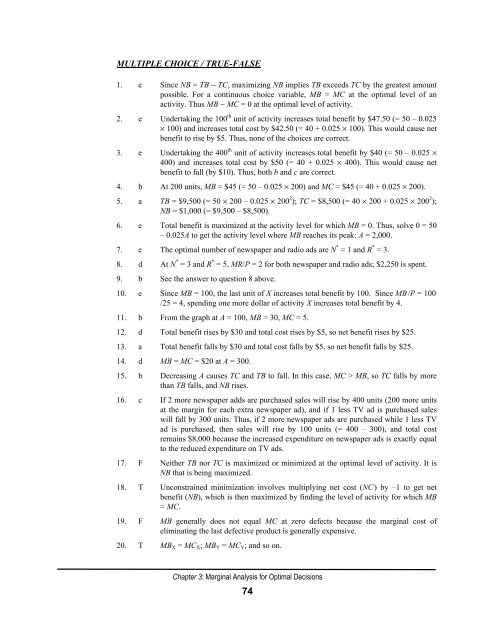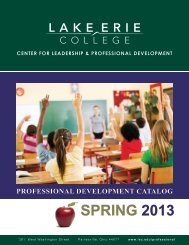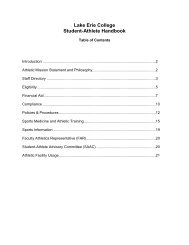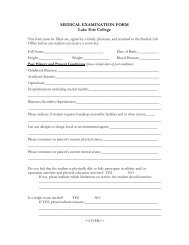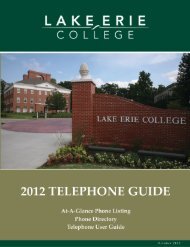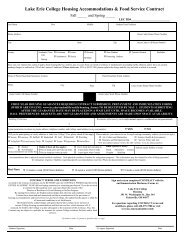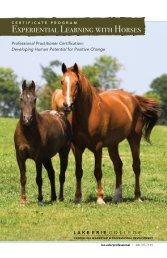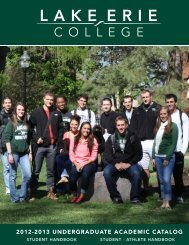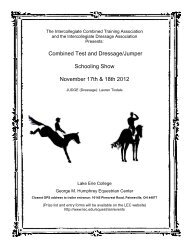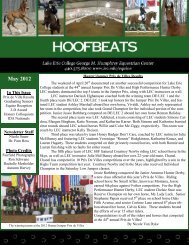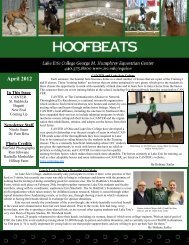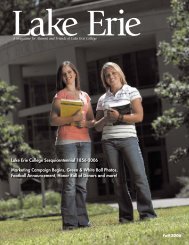Economics for Managers
Economics for Managers
Economics for Managers
Create successful ePaper yourself
Turn your PDF publications into a flip-book with our unique Google optimized e-Paper software.
MULTIPLE CHOICE / TRUE-FALSE1. e Since NB = TB − TC, maximizing NB implies TB exceeds TC by the greatest amountpossible. For a continuous choice variable, MB = MC at the optimal level of anactivity. Thus MB − MC = 0 at the optimal level of activity.2. e Undertaking the 100 th unit of activity increases total benefit by $47.50 (= 50 – 0.025× 100) and increases total cost by $42.50 (= 40 + 0.025 × 100). This would cause netbenefit to rise by $5. Thus, none of the choices are correct.3. e Undertaking the 400 th unit of activity increases total benefit by $40 (= 50 – 0.025 ×400) and increases total cost by $50 (= 40 + 0.025 × 400). This would cause netbenefit to fall (by $10). Thus, both b and c are correct.4. b At 200 units, MB = $45 (= 50 – 0.025 × 200) and MC = $45 (= 40 + 0.025 × 200).5. a TB = $9,500 (= 50 × 200 – 0.025 × 200 2 ); TC = $8,500 (= 40 × 200 + 0.025 × 200 2 );NB = $1,000 (= $9,500 – $8,500).6. e Total benefit is maximized at the activity level <strong>for</strong> which MB = 0. Thus, solve 0 = 50– 0.025A to get the activity level where MB reaches its peak: A = 2,000.7. e The optimal number of newspaper and radio ads are N * = 1 and R * = 3.8. d At N * = 3 and R * = 5, MR/P = 2 <strong>for</strong> both newspaper and radio ads; $2,250 is spent.9. b See the answer to question 8 above.10. e Since MB = 100, the last unit of X increases total benefit by 100. Since MB/P = 100/25 = 4, spending one more dollar of activity X increases total benefit by 4.11. b From the graph at A = 100, MB = 30, MC = 5.12. d Total benefit rises by $30 and total cost rises by $5, so net benefit rises by $25.13. a Total benefit falls by $30 and total cost falls by $5, so net benefit falls by $25.14. d MB = MC = $20 at A = 300.15. b Decreasing A causes TC and TB to fall. In this case, MC > MB, so TC falls by morethan TB falls, and NB rises.16. c If 2 more newspaper adds are purchased sales will rise by 400 units (200 more unitsat the margin <strong>for</strong> each extra newspaper ad), and if 1 less TV ad is purchased saleswill fall by 300 units. Thus, if 2 more newspaper ads are purchased while 1 less TVad is purchased, then sales will rise by 100 units (= 400 – 300), and total costremains $8,000 because the increased expenditure on newspaper ads is exactly equalto the reduced expenditure on TV ads.17. F Neither TB nor TC is maximized or minimized at the optimal level of activity. It isNB that is being maximized.18. T Unconstrained minimization involves multiplying net cost (NC) by –1 to get netbenefit (NB), which is then maximized by finding the level of activity <strong>for</strong> which MB= MC.19. F MB generally does not equal MC at zero defects because the marginal cost ofeliminating the last defective product is generally expensive.20. T MB X = MC X ; MB Y = MC Y ; and so on.Chapter 3: Marginal Analysis <strong>for</strong> Optimal Decisions74


